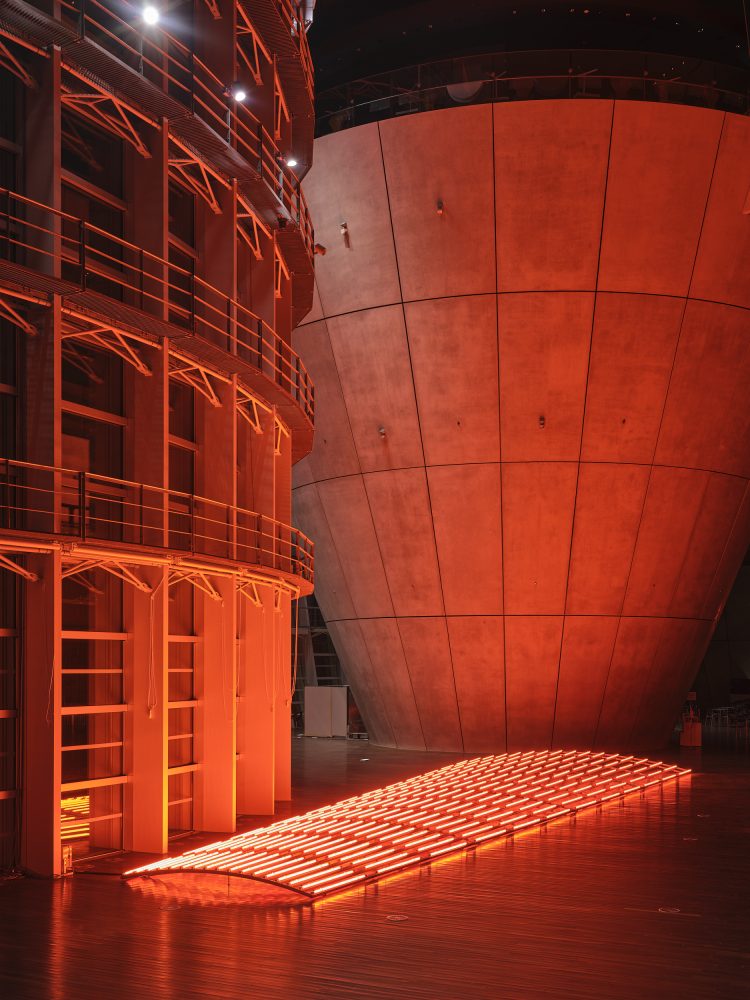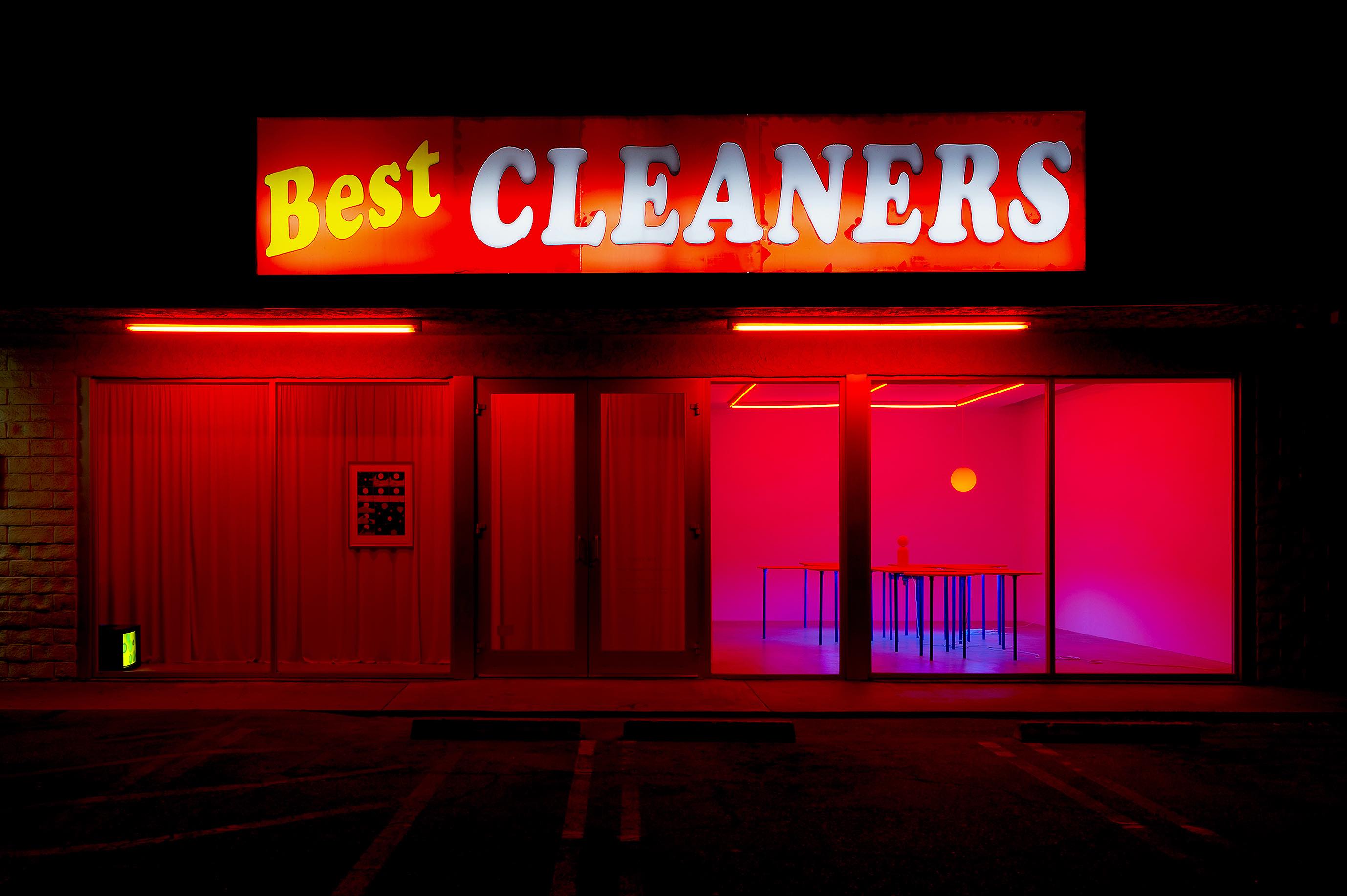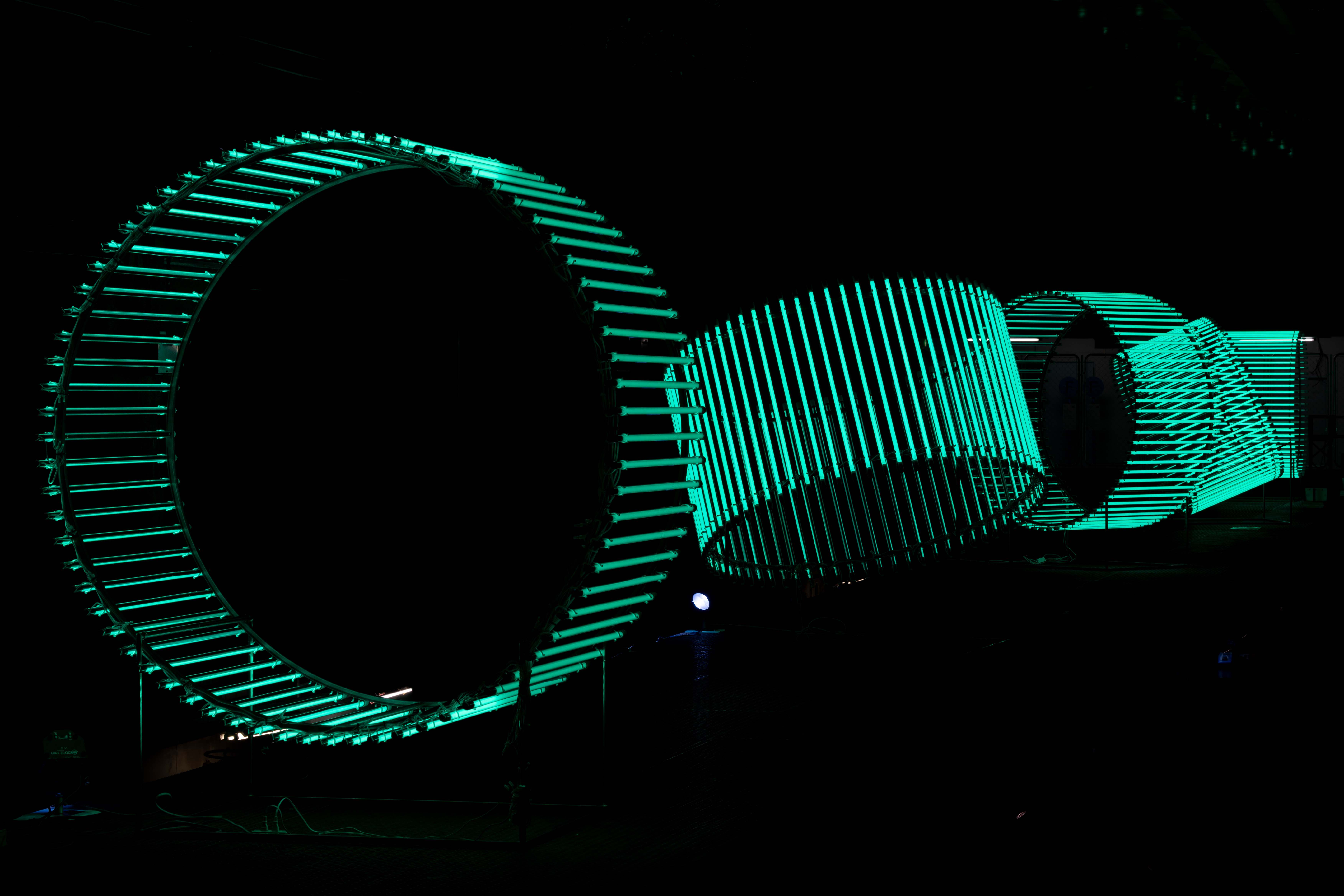
Takuro Tamayama
Solo Exhibition
Something Black
2023.4.8 (Sat.) - 4.28 (Fri.)
Open on Tue, Wed, Thu, Fri, and Sat. 12:00 – 18:00
Closed on Sundays, Mondays, and National holidays.
Opening Reception: 2023.4.8 (Sat.) 5pm-7pm
* The artist will also be in the gallery.
We are pleased to announce the upcoming solo exhibition by Takuro Tamayama titled Something Black at our gallery. This exhibition will run from April 8 (Sat.) to 28 (Fri.), 2023.
Born in 1990, Takuro Tamayama is an artist who produces sculptures and installations that dissimilate space by using familiar phenomena and found objects.
This will be Tamayama’s second exhibition at ANOMALY, following the first, which was titled Anything will slip off / If cut diagonally and held in 2021.

This exhibition will show a re-composition of Something Black, the work which Tamayama showed at Roppongi Crossing 2022: Coming & Going at Mori Art Museum, along with newly produced works.
For the Roppongi Crossing exhibition, Tamayama set up an installation in a display room affording a panoramic view of the streets of Tokyo from a window that is particularly large even as compared to others in display rooms on the 53rd floor. He covered the pane of this huge window with red film, and also bathed the room interior in red lighting.
The black thing (= Something Black) placed in the display room appears to be a towering city-like structure at first glance, but also too small to definitely be called a city. Closer inspection reveals that it seems to be shaped like furniture of the sort we are used to seeing in interiors.
At the same time, it is far from the physical sensation we are familiar with to be furniture, and is on an enlarged scale that is discomforting. Within this bloated interior, viewers feel as if they have shrunk. If they direct their gaze to the red window, they may even fall under the illusion that the streets of Tokyo dovetail with (= are equivalent to) the black, jagged thing.
The monitors with cathode-ray tubes embedded in the “something” look exactly like the windows in a building, and the scenes (= 3D animation) appearing on these windows move ever so slowly, as if time itself was being prolonged. The displays expand and contract, and make viewers feel as if they are going back and forth between inside and outside, and reality and fantasy. They destabilize even their sense of time and jolt physical sensations.
In addition to the existence of light, which also bathes the viewers in red and makes them a part of the work’s world whether they like it or not, there is music in the form of a low-pitched, unsettling drone that permeates the space. The atmosphere evokes feelings of sinking at the border between the world of the work and the real world in the dreamlike space created by Tamayama.
Transforming space with minimal inclination, material volume, and light, Tamayama may be turning his attention to architecture, to judge from his works in recent years. A case in point is Museum Static Lights, an installation which he showed at NACT View 01: Takuro Tamayama, an exhibition held at the National Art Center, Tokyo in 2022. For it, Tamayama first took the measurements of sections of the two huge pillars in the shape of inverted cones in the museum, which was designed by Kisho Kurokawa. He then built red fluorescent-lamp objects of the very same size and curvature, and installed them on the floor where the pillars are visible.

Museum Static Lights was placed in expansive public space with large curving windows, where light cannot be completely controlled. In producing it, Tamayama bore in mind the change in its appearance depending on the time of day. During the daytime, the work’s steel frames asserted their presence architecturally as both inorganic and crude objects. As the sun began to set, however, the structural members gradually became less conspicuous, and the fluorescent lamps filled the museum with a warm orange light that looked somehow organic and spilled outside the museum.
According to Tamayama, for the exhibition titled Takuro Tamayama and Tiger Tateishi held at Nonaka Hill, a gallery in Los Angeles, in 2019, the idea of shielding the space from external light during the day was initially raised, but it was eventually decided to accept the environment with light interference from outside as is, and even to take advantage of it. This decision, he said, was the beginning of his unwavering stance on such production and exhibition.

Photo: Takayoshi Nonaka-Hill, Courtesy of Nonaka-Hill
Last year, Tamayama showed the work Static Lights: Tilt and Rotation at Sony Park Exhibition KYOTO, in the lower level of the Kyoto Shimbun Building. This work was inspired by the existence of a rotary press that was once used to print newspapers there. As this suggests, the particular site is one of the key elements in Tamayama’s production of works.
This year, this same work was again shown at the EASTEAST_TOKYO 2023 in the Science Museum (Tokyo). Although the place had nothing to do with its origins, it resembled an enlarged chemical model, probably because of its minimal form, and was open to multiple interpretations.

Sony Park: KYOTO” Installation view, The Kyoto Shimbun Bldg. B1F, Kyoto, 2022 Photo courtesy: SONY

“EASTEAST_TOKYO” Installation view, Science Museum, Tokyo 2023 Photo: Kohei Omachi
For this exhibition in ANOMALY space, Tamayama is showing Something Black with an approach differing from that in the Roppongi Crossings exhibition at Mori Art Museum, in order to present another aspect of it.
ANOMALY
March 2023


